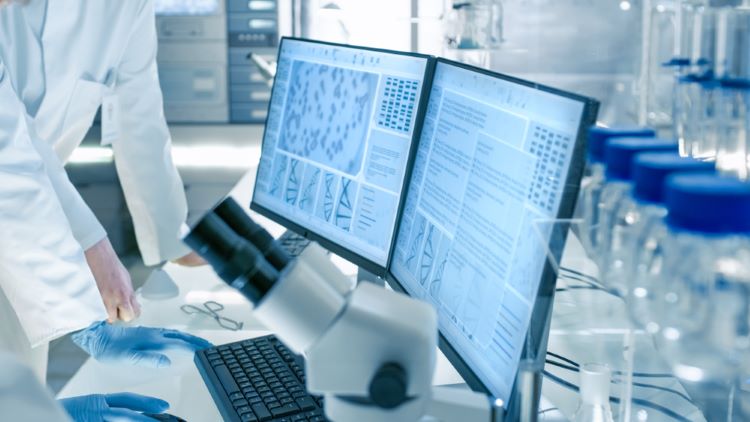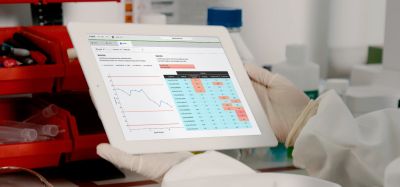Autonomous PAT with digital twin integration reported
Posted: 20 July 2023 | Catherine Eckford (European Pharmaceutical Review) | No comments yet
Autonomous biologics manufacturing with process analytical technology (PAT) “opens up a new frontier for aqueous two-phase extraction (ATPE)” in this sector, according to research.


Research published in Processes has reported the first successful establishment, validation and integration of a digital twin with process analytical technology (PAT) operated autonomously for biologics manufacturing.
In the study, this was illustrated on alkaline pDNA lysis of Escherichia coli (E. coli) using aqueous two-phase extraction (ATPE) with and without cell debris separation. An operation point with about 20 percent higher throughput was successfully operated at process variations.
The authors stated their research highlighted the first time this kind of autonomous operation has been conducted.
The paper noted that process monitoring and product quality assurance are implemented using a wide range of measuring sensors. These are grouped under the approach of PATs. It was also noted that autonomous operation is achieved using PAT to update the digital twin to real time events and to allow process control near any optimal operation point.
Using PAT in biologics manufacturing
Liquid–liquid extraction has shown to be useful in biologics manufacturing for cell and component separation. For biologics separation, ATPE systems have proven to be possible and efficient.
A simple mixer–settler equipment type is still not standard in biologics manufacturing operations, according to Uhl et al. Therefore, “a scalable digital twin is useful for operator training, process design under the regulatory demanded quality by design (QbD) approach for risk analysis, design and control space definition and predictive maintenance”.
How was the PAT study performed?
The authors intended to demonstrate continuous phase separation in a horizontal separator using a validated digital twin. In the research, autonomous operation was demonstrated with an experimental feasibility study based on an industrial type example of plasmid (p)DNA manufacturing.
A model was developed from flow and coalescence models. A model parameter determination concept was also prepared. Validation was carried out for both: In 97.5 percent of the simulations, the difference in volume balance was less than +/− 2.5 percent. A one-factor-at-a-time and a multiple-factor-at-a-time simulation study were performed to analyse the sensitivity of the model, material, and operating parameters.
As part of the QbD based process development, a risk analysis was performed using the model. The parameters with the highest risk were identified as the coalescence properties, the hold-up and the droplet diameter.
OPC Unified Architecture (OPC-UA) interfaces between the model and the plant were used for implementing the digital twin. For monitoring, a control concept consisting of optical measurement of the droplet diameter, mass flow sensors, and conductivity measurement was developed.
What did the research find?
The paper showed that the digital twin can serve for risk analysis (sensitivity) as well as for the determination of design spaces and optimal control spaces. The concept even enables real-time release testing with autonomous cleaning and cleaning validation.
Uhl et al. highlighted that their research demonstrated availability of a validated digital twin for ATPE from process development up to process control for the first time.
As most industries are not yet familiar this chemistry and equipment, according to the authors, this methodology “opens up a new frontier for ATPE in biologics manufacturing”.









